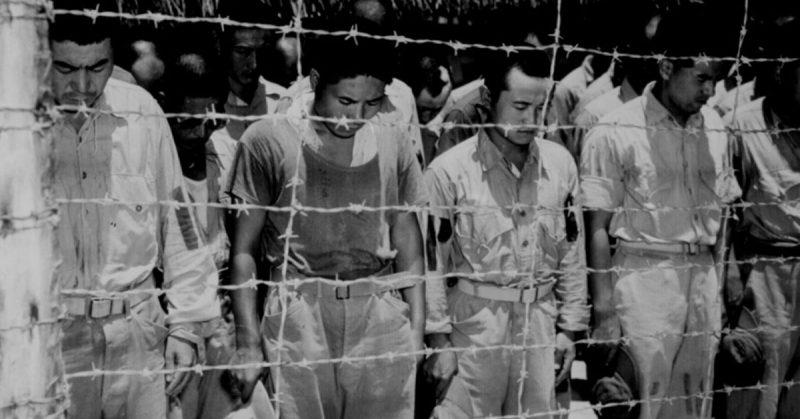One Japanese soldier stuck somewhere in the jungle after a plane crash continued to fight even long after the war was over.
A brave captain once ordered his soldiers to burn the ships as soon as they were on enemy land. By doing this, he left them with two options: to win or die. They won.
This motivational story seems rather similar to how Japan treated its army during World War 2. Death before surrender was their sacred rule.
But when you look closely at how Japan managed certain situations, you can spot how this “sacred” rule was probably one of the main reasons that brought them to defeat.
In 1937, just before the Second World War, Japan was running out of resources. After 200 years in isolation from the rest of the world, they’d been cheated out of their money by the Americans. The Japanese people decided they’d had enough.
So, they invaded China which was already mired in the conflicts of a civil war.
July 7, 1937, is the start of what is known as the Second Sino-Japanese War. The catalyst was an “incident” at the Marco Polo Bridge which gave Japan a final excuse to launch their attacks and get the much-needed resources of China.
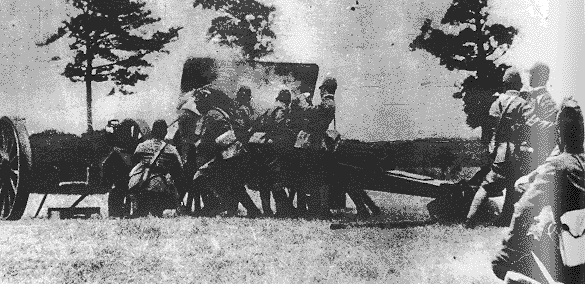
Japan was quickly advancing into Chinese territory until the Allies showed up. As soon as the Japanese army retreated, the Allies started to advance through the land which Japan had been trying to invade. On top of that, Japan was about to sign the Tripartite Pact in 1940 forming the official Axis along with Nazi Germany and Fascist Italy.
By agreeing to this pact, the Japanese were putting themselves in a spotlight before undertaking any actions or invasions. It seemed like they bit off more than they could chew, especially when you consider their subsequent tactics in the war.
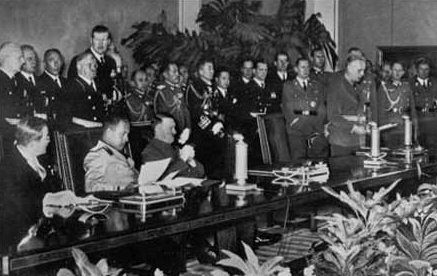
Hitler had already made plenty of moves in his game for world domination. For example, he’d taken Czechoslovakia, joined forces with the Soviet Union to invade Poland, and displayed the strength of the German army to the world.
To prove to Germany that they were a worthy ally, on December 7, 1941, the Japanese army launched a surprise attack on Pearl Harbor.
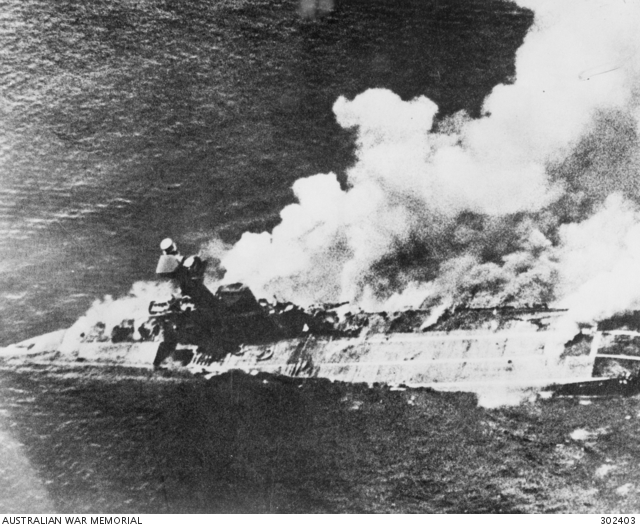
The effectiveness of the attack is debatable, but the outcome was certain: America declared war on them. If you want to launch a surprise attack on your enemy, go with your full strength and make sure the damage is so great, the enemy can never recover. This was not the case with Pearl Harbor.
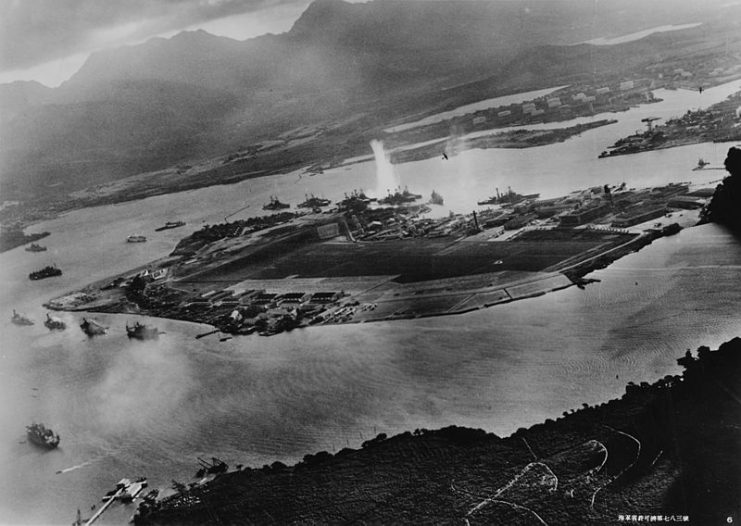
Japanese planes caused only 21 ships to be sunk or damaged. They also damaged or destroyed 100 American aircraft. The original plan of attack was to take the American Navy out of the picture completely in order to continue the Japanese invasion in the south.
But this plan went terribly wrong since Japan did not destroy any of the Americans fuel storage, repair yards, or the submarine base. In the aftermath, not only did the Japanese go to war with America but Hitler decided to be by their side by declaring war on Americans too for no apparent reason.
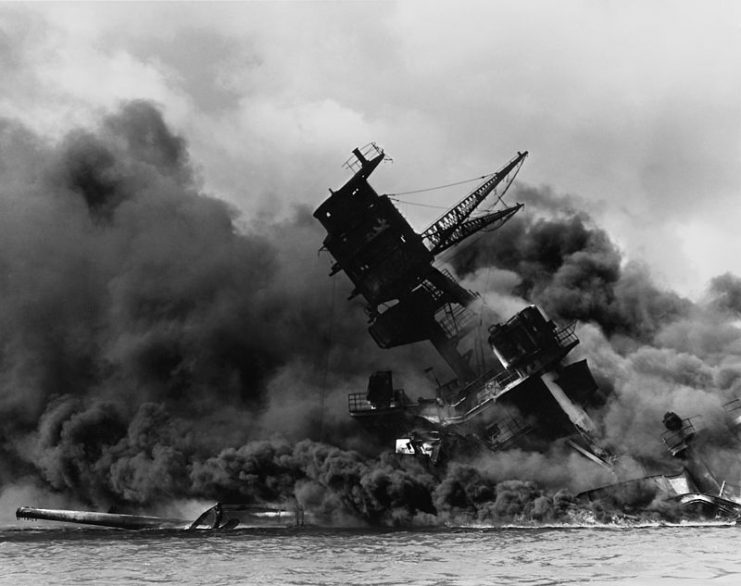
It was all in or all out, but Japan just couldn’t really decide. They had fearless men in their army, who would rather die than to surrender. In fact, one Japanese soldier stuck somewhere in the jungle after a plane crash continued to fight even long after the war was over.
Germany was losing territory and more and more battles, especially now that the end of their first ally, Italy was near. Japan had to take action, and they had to be quick and fearless.
On April 6, 1944, one of the most inhumane kamikaze attacks the world has ever seen took place. During this offensive, 350 airplanes crashed in just two days on the island of Okinawa.
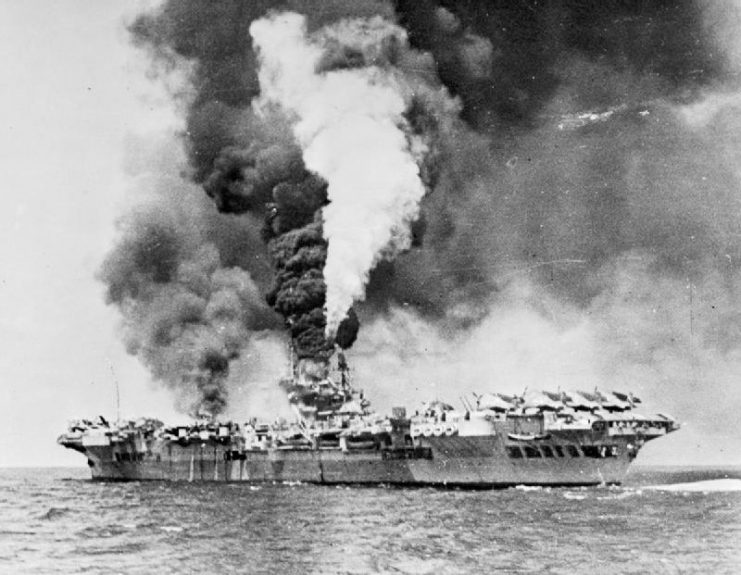
With the American forces coming closer and closer, island after island, it seemed that options were running out for Japan’s Emperor. Death before defeat wasn’t working anymore.
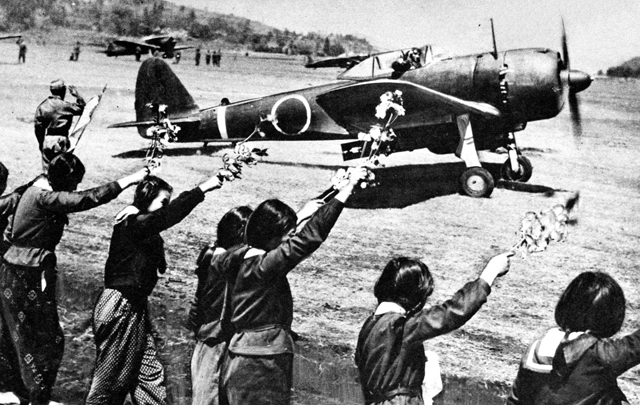
The Japanese increased the number of kamikazes attacks to 1,900 but managed to sink only 26 ships and damage 164. Japan was really quick to back down, fleeing as soon as the opportunity presented itself.
They tried to take the island of Midway in a desperate attempt that resulted in four of their carriers sinking. They also lost New Guinea, and with the American forces capturing the island of Iwo Jima by February 1945, their only option was to surrender and accept that they’d been giving in since the very beginning.
